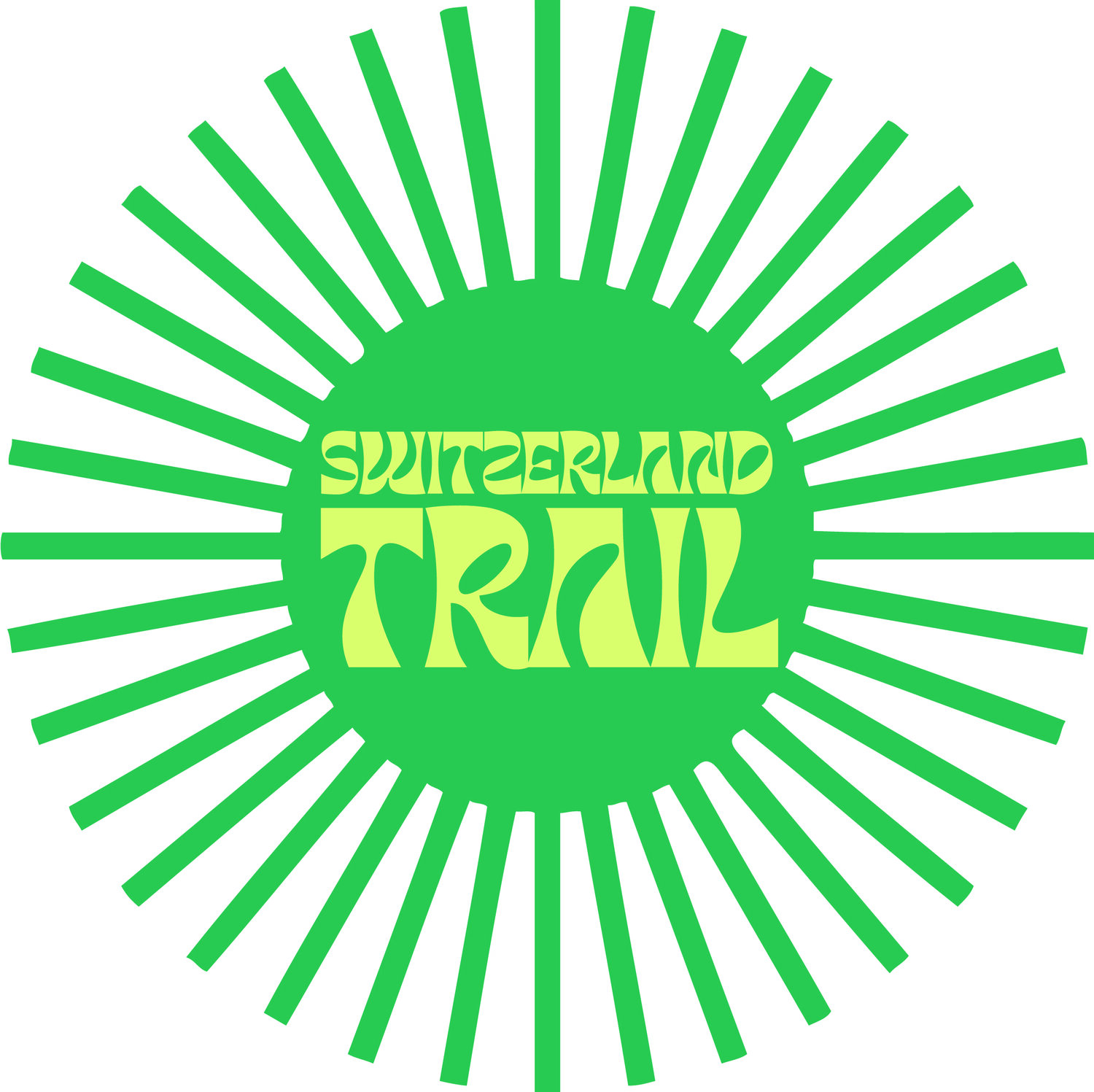Why Switzerland Trail?
A lot of people have asked me ‘What does Switzerland Trail mean?’ and ‘Why did you name it that?’ Now, if you call the Colorado Front Range home, then the name Switzerland Trail probably isn’t a foreign concept to you. But to the out-of-towners, I’ve had a unique opportunity to explain what Switzerland Trail is, and means and represents to me.
The Switzerland Trail is a long defunct narrow-gauge railroad dating back to the early mining days that developed the Front Range of Colorado. Its early role was to carry equipment, ore, and even tourists from Boulder, up to the mining camps in the towns of Salina, Crisman, and the current cycling destinations, Gold Hill and Ward.
We bikepackers love love love these narrow-gauge railbeds; they often access historical gems in very remote areas covering long distances, and the gentle grade required by the trains of the day are kinder to our legs. The railbed to support a narrow-gauge is only 8-10 feet in width, so often, the surrounding forest resides right on top of you as you traverse the path.
Today, the trail itself is used by a variety of outdoor enthusiasts. Hikers, cyclists, and the motorsports crowd can all be found on the Switzerland Trail on any given day. So what makes it such a draw?
History.
This area was a hotbed of activity at the turn of the century. The West was quickly being settled and commandeered by pioneers looking to strike a big payday, and the area is ripe with remnants that tell that story. Among the evident artifacts that remain today, a splendid example of the rich history, is the Mont Alto picnic site: Initially a resort site developed by the Colorado and Northwestern Railroad in an effort to attract tourists into the mining hills and drum up train ridership, all that remains is the massive hearth of the lodge. Today, it’s a picnic site and a fun place to hang a bike for a photo. But the iron and stone that remain are bits that nature hasn’t yet taken back. A rider pedaling up from Boulder via Fourmile Canyon will also find the Assay Museum and the Mill ruins in Wallstreet.
What remains of the Mont Alto resort, built in 1898.
The Wallstreet Mill, around 1903. The massive stone structure still stands today.
Exploration opportunity.
The map quite clearly labels the length of the Switzerland Trail, as it exists today. However, many spurs have either developed over the years, or remain from the traffic of the area one hundred years ago. Today, they exist in the form of dispersed campsites. Any spur can be taken for an expedition of its own.
Red showing the marked Switzerland Trail, and the green dotted lines are trails and spurs left for the rider to choose an adventure.
Scenery.
From the broad vistas looking back on the trail itself, to the tunnels of trees found on both the north and south ends of the trail, there is always a view to keep your eyes busy. Then, there’s thee trail itself: it passes through narrow rock cuts, blasted away by mining dynamite from a century ago. The frequent hairpins serve as scenic alternatives to switchbacks typically used by more agile bodies than steam engines from the late 1800s. The trail tops out at about 9,000 feet elevation, so you’re plenty high enough to see horizons in many directions.
Every road shown in this photo is The Switzerland Trail.
Broad appeal.
As previously mentioned, the 3-4% average grade is palatable to any rider. However, the rocky chunk will make the average rider think twice about hitting the trail on skinny 35mm tires. A gravel bike, a hardtail, or even a full suspension mountain bike all find their place on the Switzerland Trail. Reviewing Google Maps or Ride With GPS will show about 20 miles of dirt officially named “Switzerland Trail,” but the spurs bearing the same name, disjointed sections, and renamed stretches move that tally closer to 40 miles, in all. Since the trail condition and quality is representative of remote mining and forest roads found deep in the Rockies, it makes for an ideal place to load up a bikepacking rig of any sort, and give it a shakedown before any major race or adventure. Or, if you’re new to the sport and interested in dipping your toes in, any of the dispersed campsite spurs make an excellent overnighter opportunity.
Maybe it’s a little romantic, but I find that the Switzerland Trail is easy enough to invite anyone, hard enough to challenge anyone, packed with history to fascinate anyone, and wild enough to appeal to anyone. My intention with Switzerland Trail Bikepacking Supply is to bring bikepacking to anyone who is interested in it, and also be a resource to those who’ve already found they love it. I love to bond with people over the places they explored, and the things they learned about the places they went — a fitting analogy to this wandering path through the Rockies’ Front Range.







